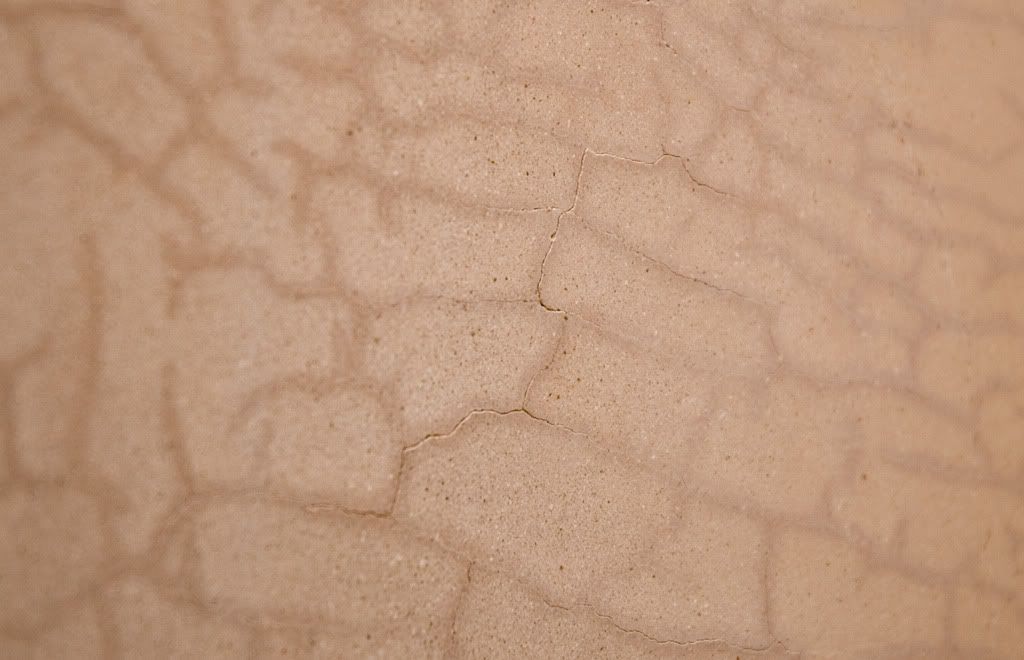Soldato
If any of you have experience of plastering, please can you comment on this? I've been recommended this particular plasterer by about a dozen people who I know (not by other people in the trade), and have seen some of his work which to all intents and purposes is excellent.
He did the ceiling of one of our bedrooms on Wednesday, and it's fine. However, yesterday he did the walls of the same room, and hundreds of hairline cracks have appeared (as per the picture). In the worst case as seen in the picture, the plaster is coming away and actually moves when touched. The actual finish (apart from the cracking!) is incredibly good.
I don't want to tell this guy to sling his hook quite yet as he comes so highly recommended and it is intended that he will also be doing quite a lot more plastering around our house in the next few weeks. What is the likely remedy to this? Will it all have to be raked off and re-plastered? Any suggestions would be gratefully received.

He did the ceiling of one of our bedrooms on Wednesday, and it's fine. However, yesterday he did the walls of the same room, and hundreds of hairline cracks have appeared (as per the picture). In the worst case as seen in the picture, the plaster is coming away and actually moves when touched. The actual finish (apart from the cracking!) is incredibly good.
I don't want to tell this guy to sling his hook quite yet as he comes so highly recommended and it is intended that he will also be doing quite a lot more plastering around our house in the next few weeks. What is the likely remedy to this? Will it all have to be raked off and re-plastered? Any suggestions would be gratefully received.

Last edited:


 ) by the looks of it the plaster (Thistle Multi Finish) has dried too fast,did he apply PVA (Unibond) on the walls to seal first? NO NEEDED if backing is plasterboard!
) by the looks of it the plaster (Thistle Multi Finish) has dried too fast,did he apply PVA (Unibond) on the walls to seal first? NO NEEDED if backing is plasterboard!

